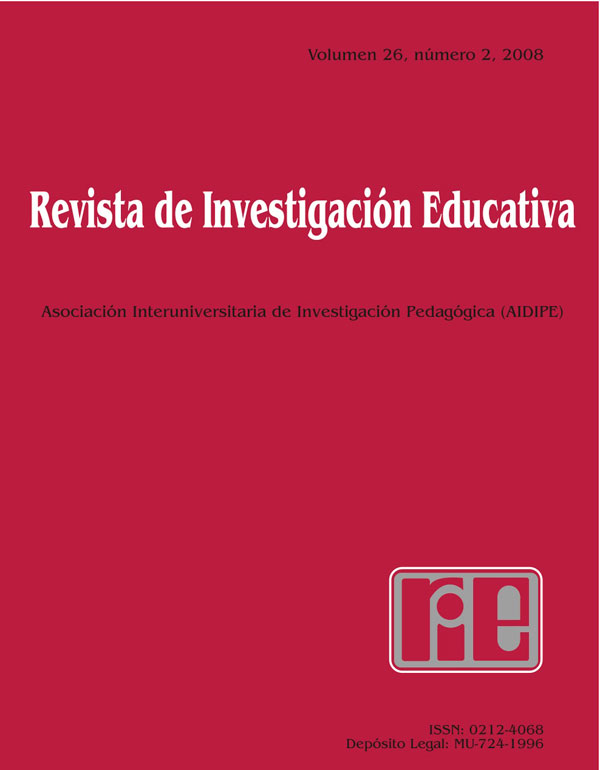¿Cómo hacer que un centro educativo sea inclusivo?: análisis del diseño, desarrollo y resultados de un programa formativo
Abstract
The evaluation of the design, implementation and results of the training programme “school of diversity: training materials for teachers” (Moriña, 2008) is the central theme of this article. This program is organized on three axes: inclusive education, collaboration and training school. In this regard, the contents of the training programme have been made from the conditions and characteristics of facilities that develop inclusive practices, turning the methodology around strategies based on collaboration and reflection group. To evaluate the programme has resorted to a qualitative approach, appearing in this paper evaluation conducted by a group of teachers from a Primary School. In particular, information is presented according to the following structure: an initial evaluation of needs, evaluating the design of the program, evaluating the implementation and evaluation carried out final appreciates the impact of that program. Finally, the conclusions reflect on how these training materials can help create inclusive practices.Downloads
-
Abstract3640
-
PDF (Español (España))2996
The articles and scientific documents published in RIE abide the following conditions:
1. The Servicio de Publicaciones de la Universidad de Murcia (the publisher) has the property rights (copyright) of all the documents published and allows the reuse under the user’s license indicated in point 2.
2. All documents are published in the digital edition of RIE under a Creative Commons Reconocimiento-NoComercial-SinObraDerivada 4.0 Internacional. (legal document) license. These documents can be copied, used, distributed, communicated and explained publicly if: i) the author(s) and its original source of publishing (magazine, publisher and URL of the document) are cited; ii) it is not used for commercial purpose; iii) the existence and the specifications about this license are mentioned.
3. Auto-archive’s conditions. The authors are allowed and encouraged to digitally distribute the pre-print versions (a version before evaluation) and/or post-print (a version that it is already evaluated and accepted to its publication). This promotes circulation and distribution earlier and can increase the citations and significance within the academic community.









